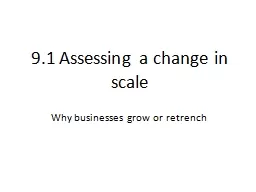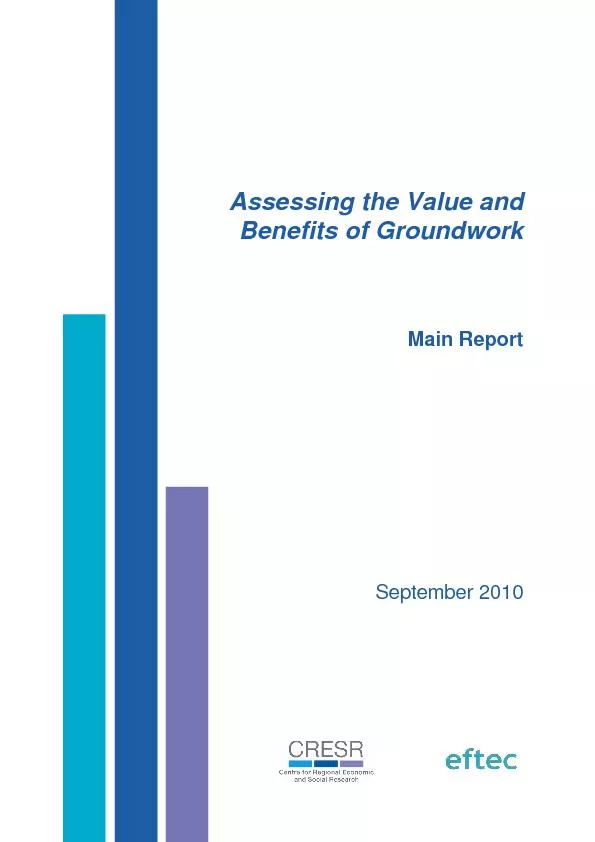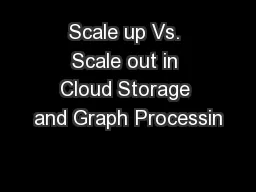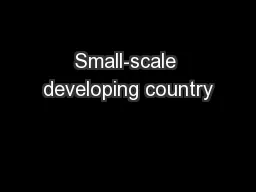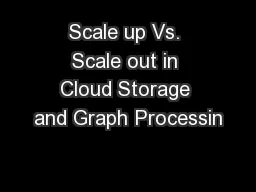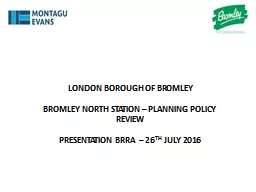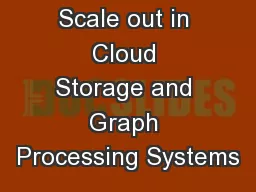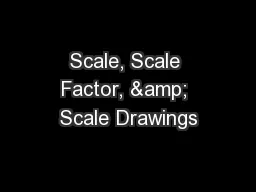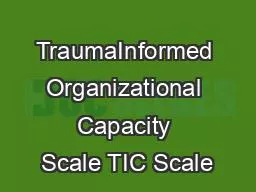PPT-9.1 Assessing a change in scale
Author : pamella-moone | Published Date : 2017-06-09
Why businesses grow or retrench Learning outcomes You should be able to understand The reasons why businesses grow especially organic and external growth The
Presentation Embed Code
Download Presentation
Download Presentation The PPT/PDF document "9.1 Assessing a change in scale" is the property of its rightful owner. Permission is granted to download and print the materials on this website for personal, non-commercial use only, and to display it on your personal computer provided you do not modify the materials and that you retain all copyright notices contained in the materials. By downloading content from our website, you accept the terms of this agreement.
9.1 Assessing a change in scale: Transcript
Download Rules Of Document
"9.1 Assessing a change in scale"The content belongs to its owner. You may download and print it for personal use, without modification, and keep all copyright notices. By downloading, you agree to these terms.
Related Documents

